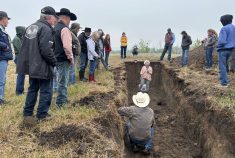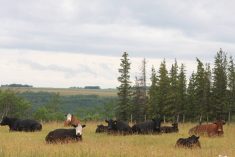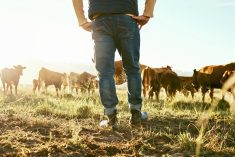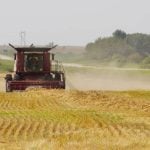We don’t know what 2022 has in store for us — hopefully rain at the right time and good cattle prices all through the fall. But hoping is not planning, and to plan, you need good information.
So what should producers be watching in the markets as the year progresses? I asked Brian Perillat, senior analyst at Canfax, for a few ideas.
I spoke to Perillat in January, when the cattle markets were in a bit of a lull. We were waiting to see what the growing situation and spring cattle market would look like.
Read Also
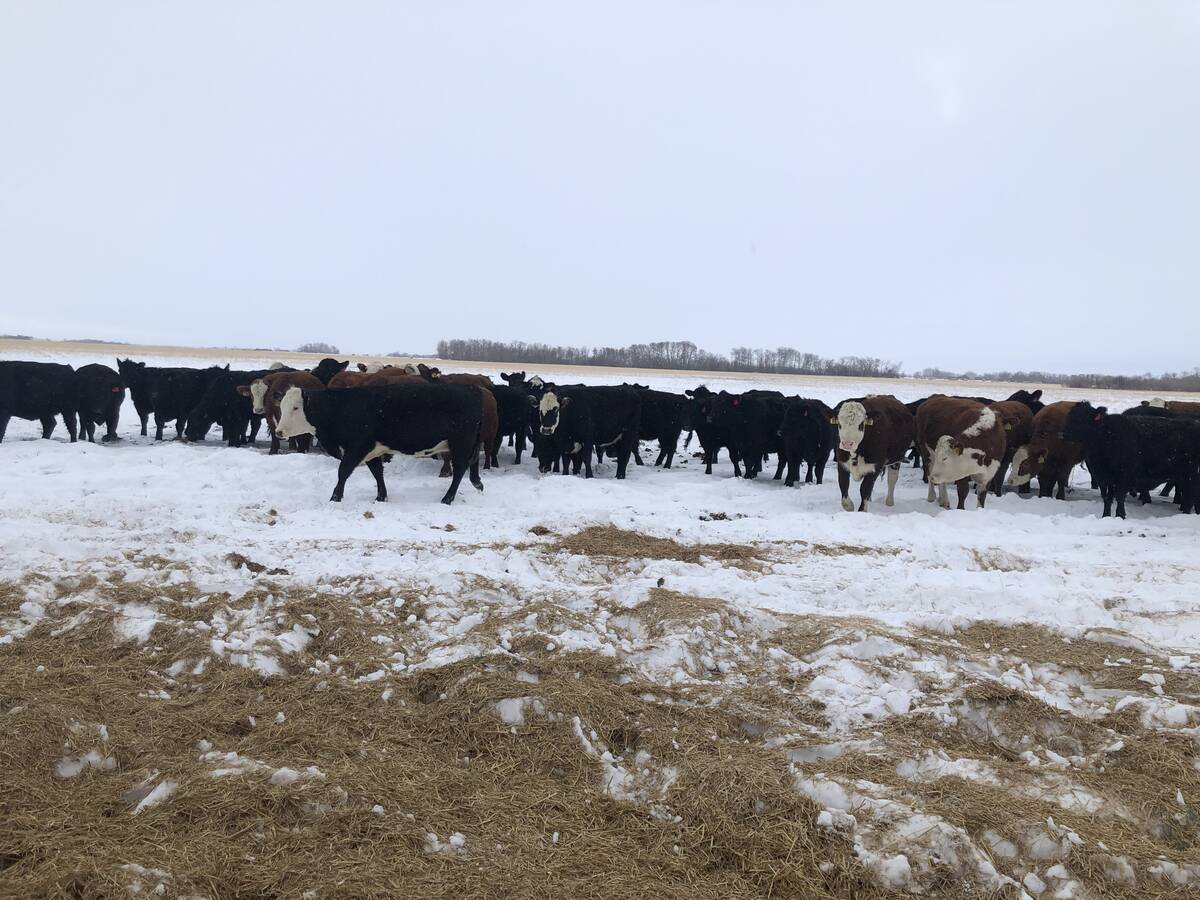
Picking the most efficient cows to rebuild your cow herd
A new cow ranking system to help beef farmers and ranchers pick the most efficient cows as they rebuild their herds.
“The spring market kind of sets the tone, I think, for the summer and the fall, and will likely be quite important this year,” he says.
One thing to note is that the North American cattle herd has been shrinking for three years. The USDA cattle inventory report from January 1 noted that U.S. numbers were even lower than expected (except for the 2020 calf crop, which was revised upward), down two per cent overall, Canfax reported in early February. The U.S. cow herd is now at 30.1 million head, having lost 1.6 million cows in three years.
At the same time, Perillat notes that we have some of the largest cattle-on-feed numbers ever, due to drought. He suggests producers keep an eye on that, paying particular attention to the flow of animals. (A note: Jerry Klassen breaks down the cattle-on-feed report in “Market Talk”).
Perillat says that as we place all these cattle on feed this winter, that could be bullish down the road, as it may mean fewer animals to place this summer and fall. He also points out that the futures are high.
“They’re already pricing in a lot of optimism.”
Grain prices are another thing to watch. If grain prices rise, even with better cattle prices, “you’ll probably want to do a little risk management on the calves,” says Perillat, as high grain prices in the fall would be a risk to calf prices. “That’s a big question day-to-day.”
For anyone who has some feed stockpiled, it may be a good time to buy bred cows. “Technically, in terms of the cattle cycle, this could be a good time to buy some pretty cheap breeding stock that could turn into some pretty profitable cattle.”
The other good news is that the cow herd liquidation in Canada was not as bad as some had feared. Perillat pegs the culling rate at a little over 13 per cent last year, which is “in line with the cull rates of 2018 and 2019.” The average cull rate is around 11 to 12 per cent, he adds.
Beef producers have been a “pretty resilient bunch again, finding different kinds of feedstocks and feed sources. And luckily, we got that rain in August — that saved everybody,” he says. Late-season rains and an open fall allowed for extended grazing, dampening the need for deep culling in many areas.
Knock-off drought effects to watch in 2022 include heifer retention and feedstocks, says Perillat. Spring moisture will be a big factor in both.
Along with uncertainty on the production side, we’ve seen supply chain uncertainty, and all that adds up to market risk. Perillat suggests looking into livestock price insurance to manage market risk. Price insurance for calves in Western Canada is now available for purchase until June 9 and can be bought for as far out as 36 weeks.
At interview time in late January, futures markets were very strong. “(We’re) anticipating some decent coverage there, assuming this market holds together,” says Perillat.
In addition to watching cattle markets, Perillat advises keeping an eye on the dollar.
“Volatility on that dollar is going to be all over the map. That’s kind of the beauty of it.” While the dollar isn’t always independent from futures, often when the dollar does drop, coverage improves. If the dollar tanks even for a week, it could boost price insurance.
“That’s why you’ve really got to watch it, day-to-day, not just from the cattle markets side but also the currency side.”
The other piece of the equation is the basis. Western Canadian prices have been lower than those in Ontario or the U.S. While many producers don’t see the number for basis or calculate it, it does factor into price insurance.
A little strategy can go a long way when buying livestock price insurance. Perillat says the biggest thing to remember is that it’s not all or nothing with price insurance. You don’t have to buy it all on the same day, and in fact, he suggests buying incrementally, throughout the spring. “The odds of picking the highs — it’s almost impossible.”
Producers can buy a portion of their insurance, and watch the markets. If the markets rally, producers can buy more coverage. “You can stagger it however you like.”
Producers can also decide whether they want to insure a break-even or pay for top coverage. Perillat challenges producers to consider going beyond the break-even for price insurance, at least on a portion of their cattle.
“If you can lock in a profit — so you might have to spend an extra $10 or $15 bucks a head to lock in $70 more on your calves — why wouldn’t you do that?”
Western Canadians can learn more about livestock price insurance at lpi.ca. Ontario producers can find out about the Risk Management Program at agricorp.com.
For more on Canfax, visit canfax.ca.




